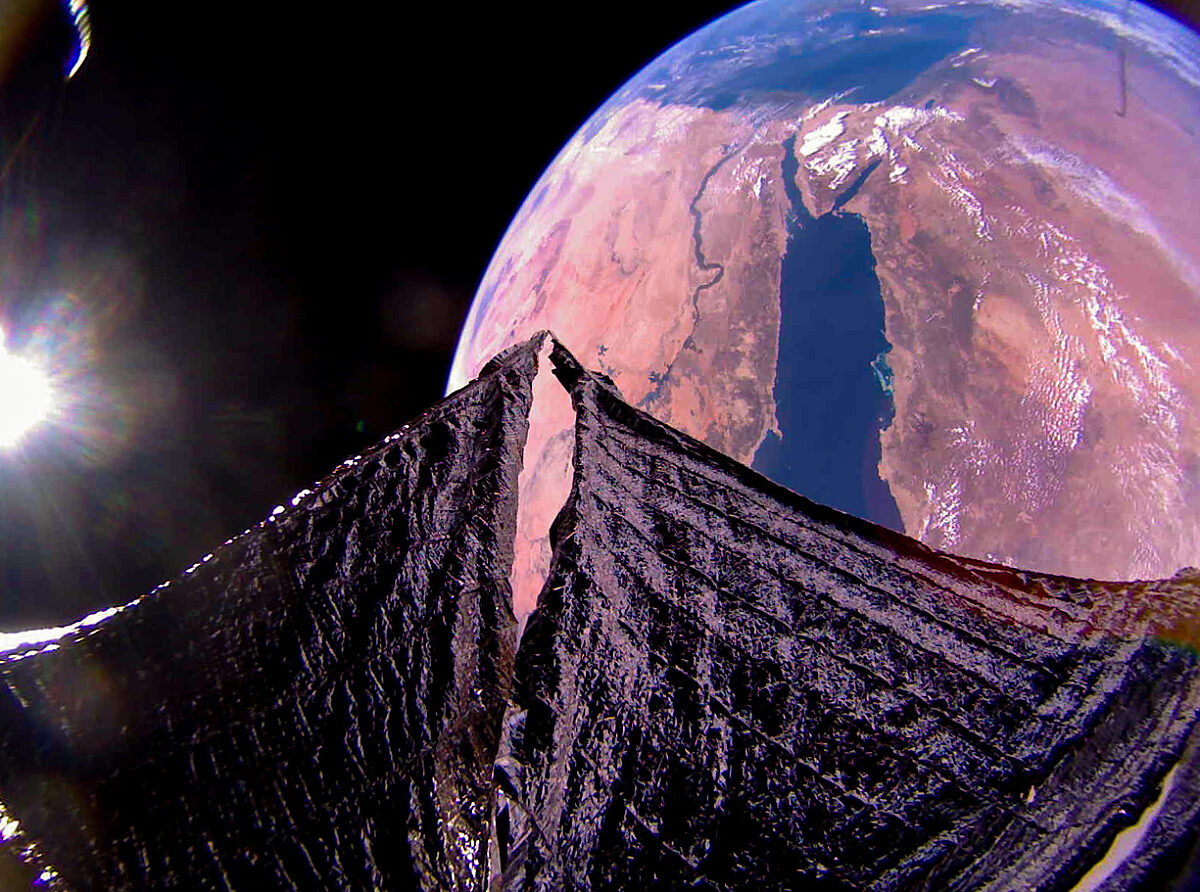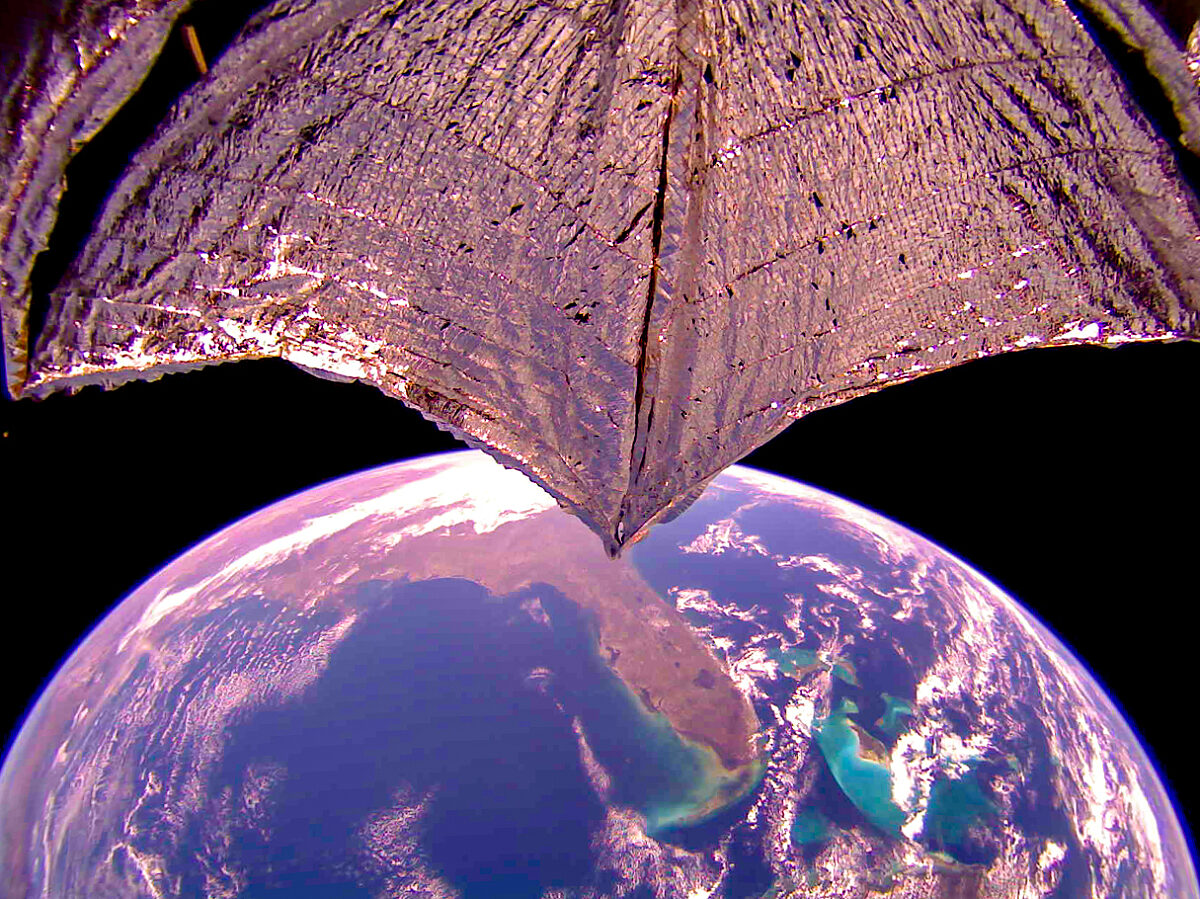Jason Davis • Jan 12, 2023
Here are some of our favorite LightSail 2 pictures
The Planetary Society’s LightSail 2 mission came to an end in November 2022, successfully completing a three-and-a-half year journey to demonstrate solar sailing for small spacecraft.
LightSail 2’s dual fish-eye cameras took numerous images to help the mission team monitor the condition of the spacecraft's shiny Mylar sails. The images also showcased the beauty of solar sailing for the public, capturing unique vistas from high above our planet.
Here are some of our favorite images from the mission, starting with a horizon-to-horizon picture of Earth prior to sail deployment, and ending with the final picture LightSail 2 sent home. Want to see more? Our image library contains many more full-size images received on Earth during the crowdfunded mission.











Support our core enterprises
Your support powers our mission to explore worlds, find life, and defend Earth. You make all the difference when you make a gift. Give today!
Donate

 Explore Worlds
Explore Worlds Find Life
Find Life Defend Earth
Defend Earth

